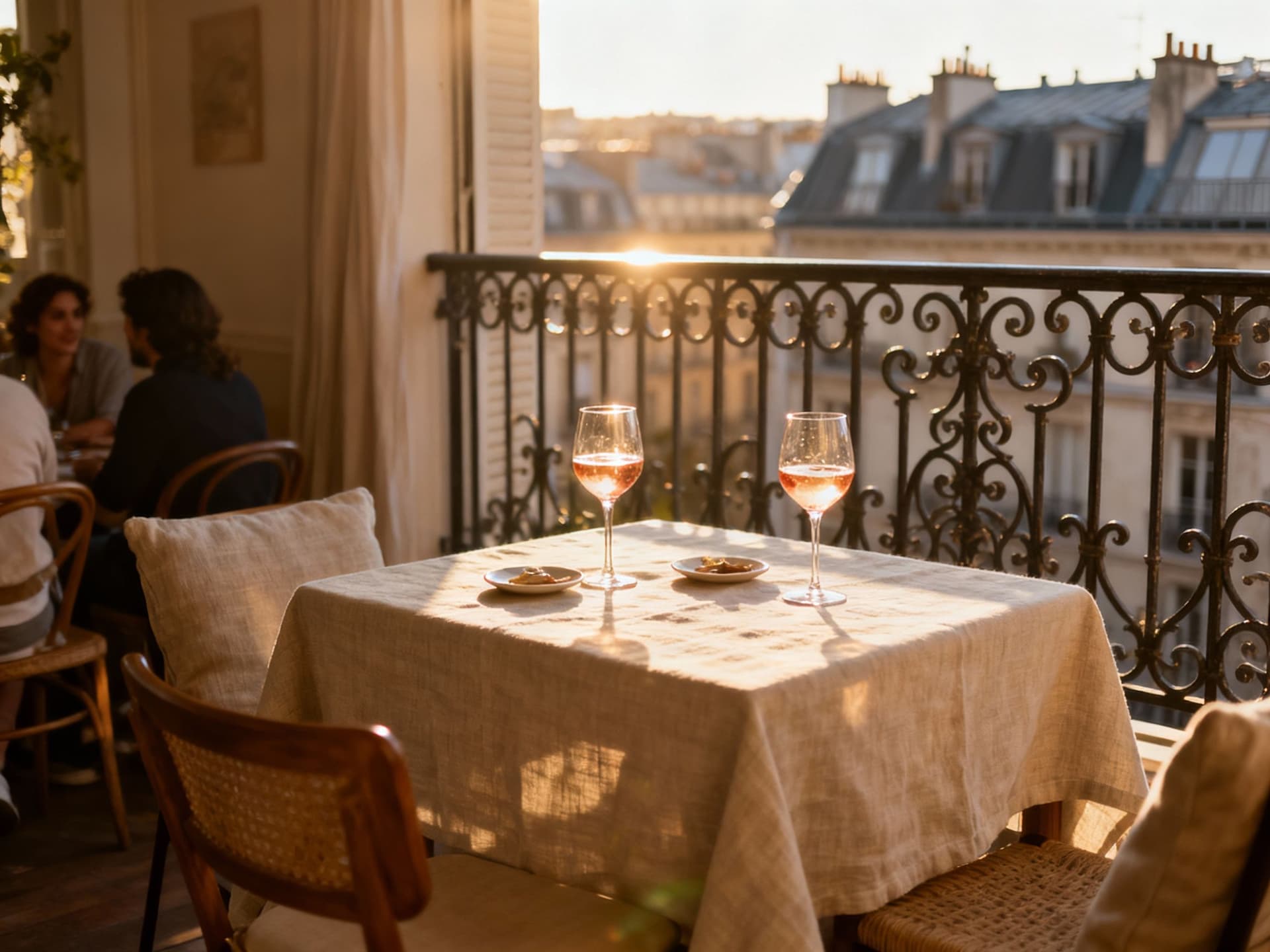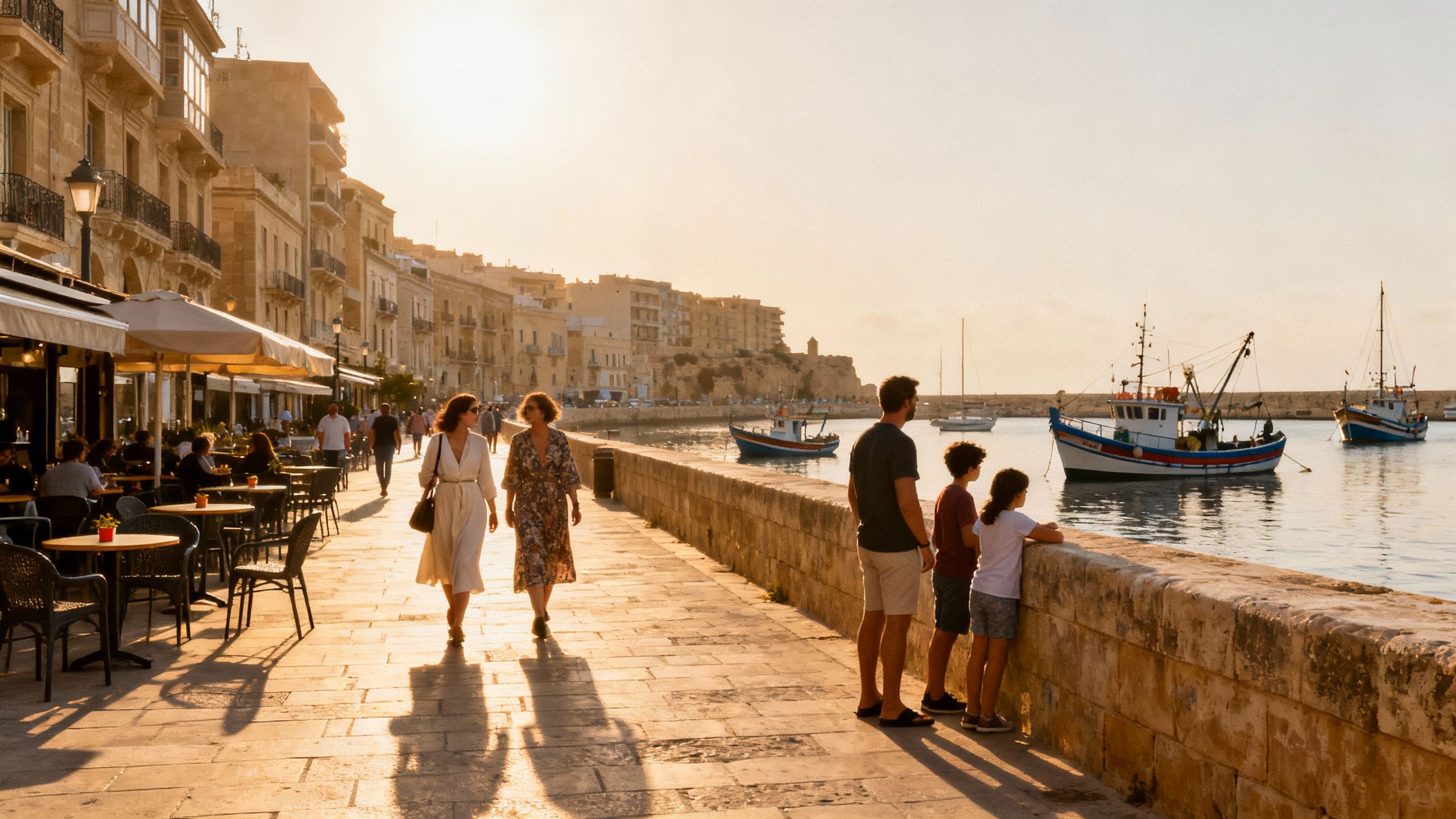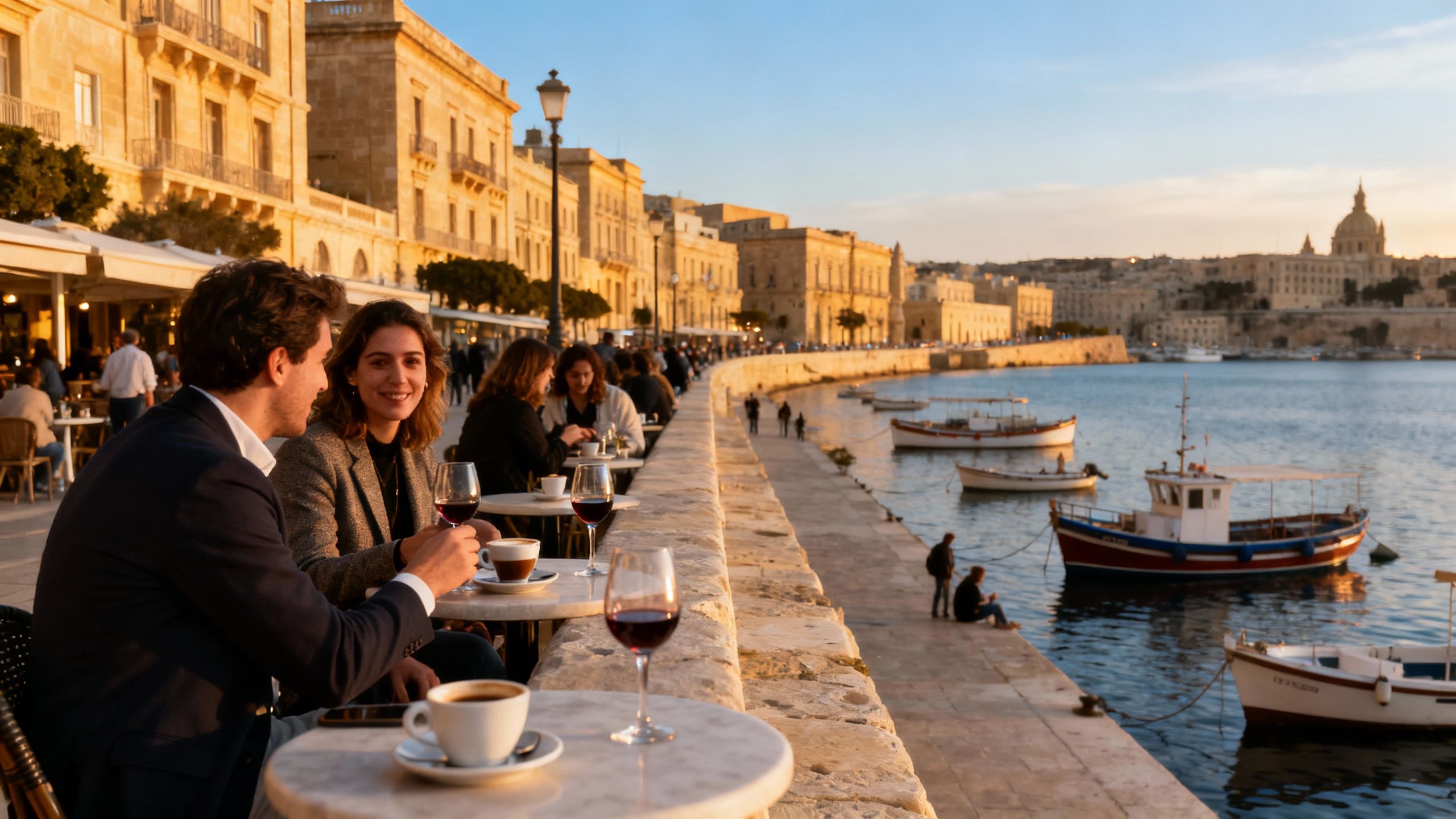Beyond the Arrondissements: Where French Value Hides
France’s headline prices hide neighbourhood stories—use seasonal visits and street-level comparables to buy the life you want, not just a postcode.
Imagine stepping out for morning coffee on Rue des Martyrs in Paris, then driving two hours to a stone village in Provence for an afternoon market. France is at once intensely local and graciously varied: boulangeries that open at dawn, weekly marchés that shape weekend life, coastal promenades where evenings stretch late and village fêtes that anchor community. For international buyers this multiplicity creates both invitation and illusion—neighbourhood character can be decisive for daily pleasure, yet it often misaligns with headline price narratives. Read on for neighbourhood contrasts that surprise, with data-backed signals to help you place lifestyle first and value second.
Living the French Life — More than a Postcard

A French day begins with craft: a baker’s rhythm, a marché’s geometry, and neighbourhood cafés that double as social infrastructure. In Paris, the rhythm tightens into arrondissements where streets, trades and light differ block by block; along the Côte d’Azur life arranges around terraces, yacht moorings and early-evening passeggiatas; inland, Provençal villages are organised around shaded squares and Provençal markets. These textures—cobbled lanes, wrought-iron balconies, village boulodromes—determine how a property will actually be lived in, not merely how it will appreciate.
Paris beyond the postcard: the 10‑19 shift
Walk the 19th or 20th and you meet art nouveau façades, Canal Saint‑Martin terraces and lively marchés that the guidebooks once overlooked. These quarters have absorbed creative energy and family life at rents and purchase prices that historically lagged the 6th and 7th arrondissements. For a buyer seeking daylight, taller ceilings and community life—rather than merely a trophy address—these neighbourhoods often offer better lived value and future upside as wealth and services diffuse across the city.
Provencal villages and town peripheries: intimacy over postcard perfection
In Provence the choice is frequently between an iconic hilltop village and a practical market town on the plain. The hilltop may win hearts in photos; the plain will host bakeries at seven in the morning, stable broadband, and schools that keep a family settled. Buyers seeking a seasonally animated life—lavender harvests, village fêtes and open‑air markets—should weigh walkability and local services more heavily than photogenic site lines alone.
Lifestyle highlights to prioritise when choosing neighbourhoods
Canal-side cafés and morning marchés (e.g., Canal Saint‑Martin, Paris) — daily life anchored by habit.
Village squares with weekly markets (e.g., L'Isle‑sur‑la‑Sorgue) — cultural rhythm and fresh produce.
Seafront promenades with established local clubs (e.g., Nice’s Promenade, Antibes port) — social life that endures beyond high season.
Making the Move: Where Lifestyle and Market Data Intersect

Dreams must meet data. Recent INSEE indices show a return to modest price growth in early 2025 after a period of correction, with regional divergence: flats in some provincial centres have outperformed houses, while coastal and southern markets saw noticeable momentum. Use these signals to prioritise neighbourhoods where lifestyle drivers—good markets, cafés, cultural institutions—are paired with improving transactional momentum rather than premium-only pricing.
Property styles that shape daily life
Haussmannian apartments offer proportion and ceiling height, making them naturally elegant for collectible interiors and formal entertaining; village stone houses provide gardens and direct outdoor life but often need significant MEP and insulation upgrades; recent architect‑led restorations deliver light and efficiency but at a premium. Match the property type to how you intend to live: work from home requires quiet rooms and fibre; family life benefits from proximity to schools and parks; artful living values original joinery and plasterwork.
Working with local experts who understand neighbourhood culture
A local agency should be fluent in both micro‑market dynamics and daily life: which boulangerie opens earliest, which market is best for autumn truffles, and which streets carry school run traffic. Engage advisers who can introduce you to artisan restorers, local notaires familiar with your nationality’s tax implications, and property managers who keep a house ready for seasonal use. Their counsel is less about headline fees and more about matching provenance and stewardship to your intentions.
Steps to marry lifestyle wants with market reality
Visit target neighbourhoods across seasons—spring markets, summer evenings and winter stillness reveal different truths.
Ask for recent comparable sales within the same street, not merely the arrondissement average.
Prioritise services that shape daily life: grocery choices, school options, reliable transport and artisan trades.
Factor renovation realities into bids—heritage materials command specialist trades and time.
Insider Knowledge: What Expats Wish They’d Known
Expats frequently tell the same story: they fell for a façade, only to realise the rhythm of daily life—opening hours, school runs, noise cycles—was different from the imagined idyll. Others underestimated the value of proximity to a reliable marché and a convivial café. Recent national data show price stabilisation, but neighbourhood microtrends matter more for quality of life than headline indices. We recommend a ‘neighbourhood audit’ before offer.
Cultural integration and the small daily matters
Language shapes how you buy and live; basic French eases small transactions and builds goodwill with neighbours and local trades. Social rituals—apéro timings, market bargaining norms, and letter‑box conversation—are small but cumulative. Participation in local associations or weekly markets accelerates belonging and often reveals the best craftsmen for restorations.
Longer-term lifestyle and stewardship
Think in terms of stewardship: a restored townhouse in a gentrifying quarter or a stone farmhouse with sympathetic upgrades both ask for long-term attention. Consider how a neighbourhood will age with you—transport links, hospital access, school quality and community energy are the slow variables that determine whether a house becomes a treasured home.
Conclusion: let neighbourhood life decide. Use national indices to time markets, but choose streets for how they will shape morning coffee, school runs and Sunday markets. Bring local experts who know both trades and tastes. Visit in more than one season, probe recent street-level comparables, and plan for stewardship rather than speculation. When you buy a place that suits how you want to live, the financial returns are an aftertaste rather than the whole meal.
Having moved from Stockholm to Marbella in 2018, I help Scandinavian buyers navigate Spanish property law, restoration quality, and value through authentic provenance.


